Features of the manufacture of expanded clay concrete blocks
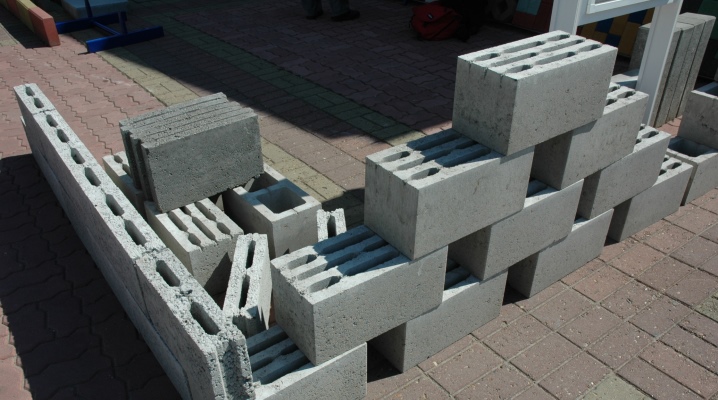
The production of expanded clay concrete blocks is very widely practiced these days. But in such production it is necessary to have special equipment, machine tools and technology, key proportions of materials. Knowing how to make these blocks with their own hands, people can eliminate many mistakes and get a high-quality product.
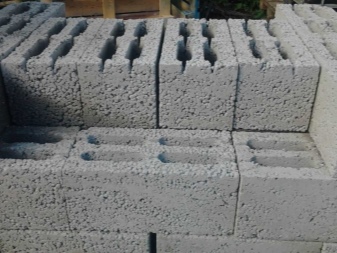
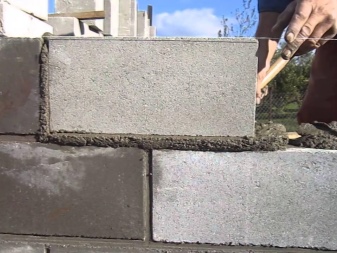
Necessary equipment
The production of lightweight aggregate concrete blocks always begins with the preparation of the necessary equipment. She may be:
- purchased;
- rented or leased;
- made by hand.
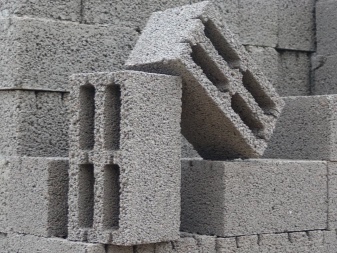

Important: homemade equipment is suitable only for the simplest industries, mainly to cover their own needs. In all more complex cases, you will need to use proprietary units. The standard set of installations includes:
- vibrating table (this is the name of the machine for preparing the initial expanded clay mass);
- concrete mixer;
- metal pallets (these will be molds for the finished product).
If you have available funds, you can buy a vibrocompression machine. It successfully replaces both the forming parts and the vibrating table. Additionally, you will need a prepared room. It is equipped with a flat floor and an additional drying area, separated from the main production site.
Only under these conditions can the optimum product quality be guaranteed.
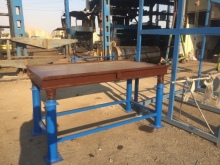
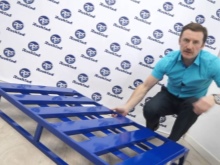
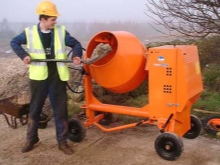
Vibratory tables can have dramatically different performances. Externally similar devices are capable of producing often from 70 to 120 units of production per hour. For domestic use and even for small construction companies, devices that make up to 20 blocks per hour are quite enough. It is worth noting that in the last two cases, instead of buying a ready-made machine, they often make a "laying hen", that is, a device that contains:
- a molding box with a removed bottom;
- side vibration unit;
- handles for dismantling the matrix.
The matrix itself is made of sheet metal with a thickness of 0.3-0.5 cm. A workpiece is cut from such a sheet with a reserve of 50 mm, which is needed for the tamping process. Important: the welds are placed on the outside so that they do not disturb the normal geometry of the blocks.


You can increase the stability of a homemade unit by welding a strip, which is made from a non-thick profile pipe. The perimeter is usually covered with rubber plates, and the motors of old washing machines with shifted centers of gravity are used as a source of vibration.
In a professional solid version, concrete mixers with a capacity of at least 125 liters are used. They necessarily provide powerful blades. A branded vibrating table with non-removable forms is more expensive, but it is easier to operate than a collapsible design. Without difficulty, all operations on such equipment can be almost completely automated.
Also, at serious factories, they necessarily buy serial molding pallets and spend tens of thousands of rubles on their set for a complete production equipment - but these costs quickly pay off.
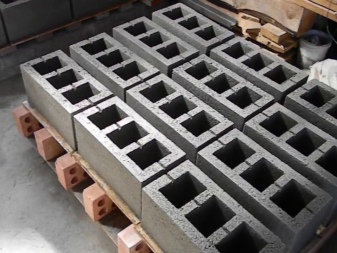
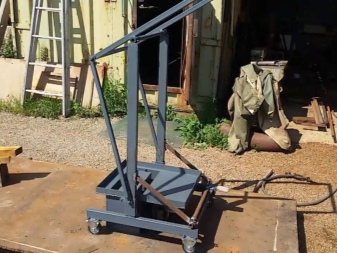
Material proportions
Most often for the production of expanded clay concrete mix:
- 1 share of cement;
- 2 shares of sand;
- 3 shares of expanded clay.
But these are only guidelines. Professionals know that part ratios can vary significantly.In this case, they are guided by the purpose of using the mixture and how strong the finished product should be. Most often, Portland cement is taken for work no worse than the M400 brand. Adding more cement makes the finished goods stronger, but a certain technological balance must still be observed.
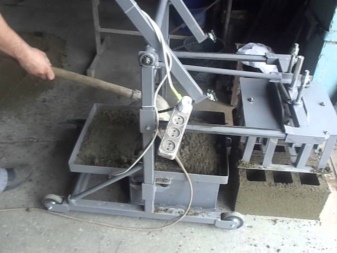
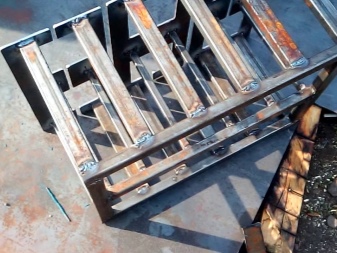
The higher the grade, the less cement is required to achieve a certain strength. Therefore, they always try to take the highest quality Portland cement to obtain the lightest possible blocks.
In addition to observing the formal proportions, you should pay attention to the quality of the water used. It must have a pH above 4; do not use seawater. Most often they are limited to water suitable for drinking needs. Regular technical, alas, may not meet the necessary requirements.
Quartz sand and expanded clay are used to fill the mixture. The more expanded clay, the better the finished block will retain heat and protect from extraneous sounds. It is necessary to take into account the difference between gravel and crushed expanded clay.
All fractions of this mineral with particles less than 0.5 cm3 are classified as sand. Its presence in the mixture is not a disadvantage in itself, but is strictly normalized by the standard.

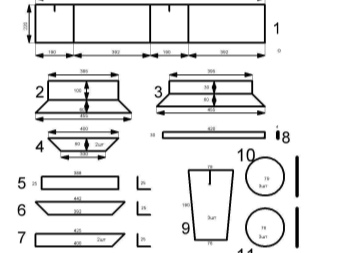
Manufacturing technology
Preparation
Before making claydite-concrete blocks with your own hands at home, you should create optimal conditions for production. The room is selected corresponding to the size of the machines (taking into account the necessary passages, communications and other areas).
For final drying, a canopy is equipped in the open air in advance. The size of the canopy and its location, of course, are determined immediately, with a focus on production needs. Only when everything is prepared, installed and configured, you can start the main part of the work.
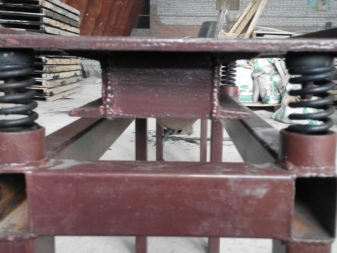
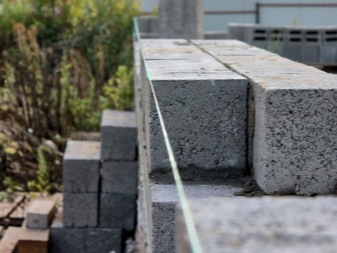
Mixing components
Start by preparing a solution. The mixer is loaded with cement and some water is poured into it. Which one is determined by the technologists themselves. All this is kneaded for a few minutes, until complete homogeneity is achieved. Only at this moment can you introduce expanded clay and sand in portions, and at the end - pour in the rest of the water; a high-quality solution should be thick, but retain a certain plasticity.

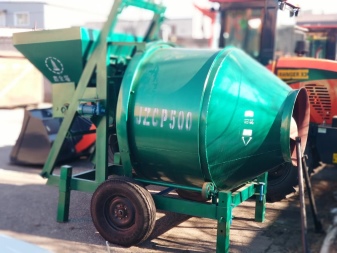
Molding process
It is impossible to transfer the prepared mixture directly into the molds. It is initially poured into the provided trough. Only then, with the help of clean bucket shovels, the expanded clay concrete blanks are thrown into molds. These containers themselves must lie on a vibration table or be mounted on a machine with a vibration drive. Previously, the walls of the molds must be coated with technical oil (working off) in order to facilitate the extraction of the blocks.
Fine sand is poured onto the floor. It allows you to exclude the adhesion of poured or scattered concrete. The filling of the forms with the solution should be carried out evenly, in small portions. When this is achieved, the vibrating apparatus is immediately started.
The cycle is then immediately repeated until the volume reaches 100%. As necessary, the blanks are pressed down with a metal lid from above and kept for at least 24 hours.
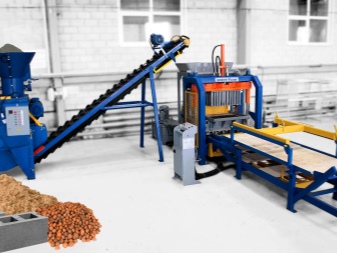
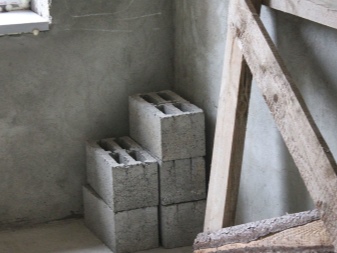
Drying
When the day passes, the blocks are needed:
- pull out;
- spread out on an outdoor area while maintaining a gap of 0.2-0.3 cm;
- dry until the standard brand characteristics are reached for 28 days;
- on ordinary metal pallets - turn the blocks over during the entire process (this is not necessary on a wooden pallet).
But at each stage, there may be some subtleties and nuances that deserve a detailed analysis. So, if expanded clay concrete is needed as dry as possible, the water is replaced with Peskobeton and other special mixtures. Material hardening even when using a vibrating press will take 1 day.
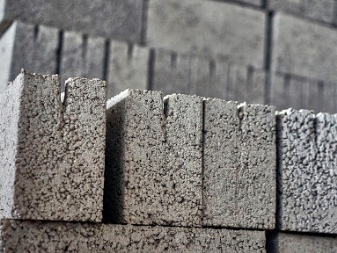
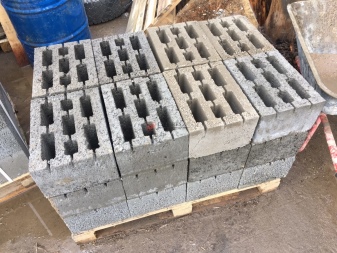
For self-preparation of expanded clay concrete blocks in an artisanal way, take:
- 8 shares of expanded clay gravel;
- 2 shares of refined fine sand;
- 225 liters of water for each cubic meter of the resulting mixture;
- 3 more shares of sand for preparing the outer textured layer of products;
- washing powder (to improve the plastic qualities of the material).
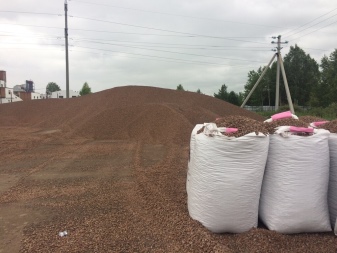

Molding of expanded clay concrete at home is carried out with the help of halves of planks in the shape of the letter G. The thickness of the tree should not be more than 2 cm. Most often, in such cases, the most popular blocks weighing 16 kg, dimensions 39x19x14 and 19x19x14 cm are produced. On serious production lines, of course, the sizes can be much more varied.
Important: it is absolutely impossible to exceed the specified amount of sand. This can lead to irreversible deterioration in the quality of the product. Handicraft compaction of blocks is done with a clean wooden block. At the same time, the process of formation of "cement milk" is visually monitored. To prevent the blocks from losing moisture quickly and uncontrollably during the drying process, they must be covered with polyethylene.
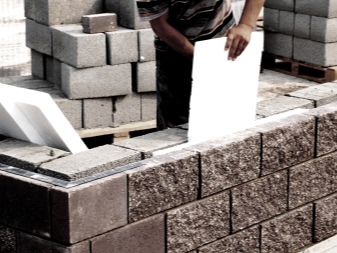
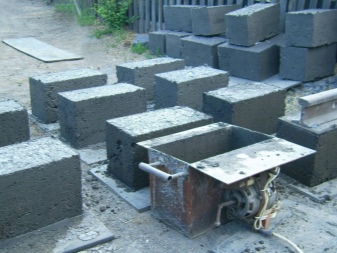
See the video below for the peculiarities of manufacturing expanded clay concrete blocks.













The comment was sent successfully.